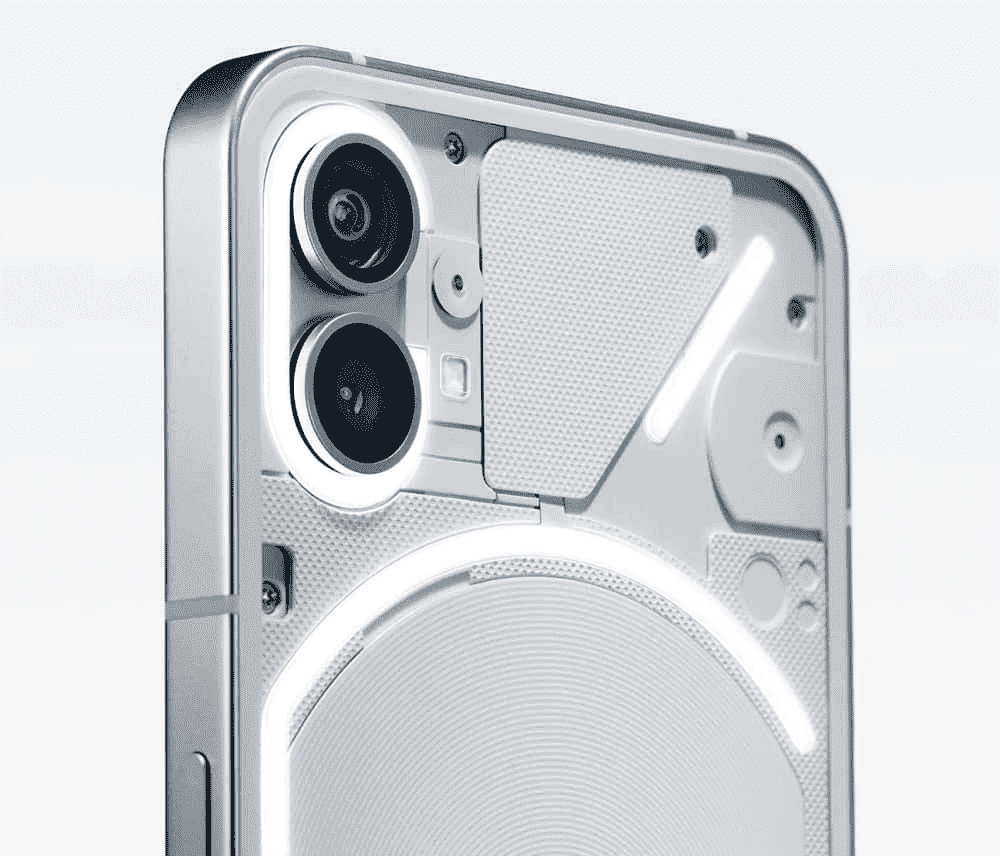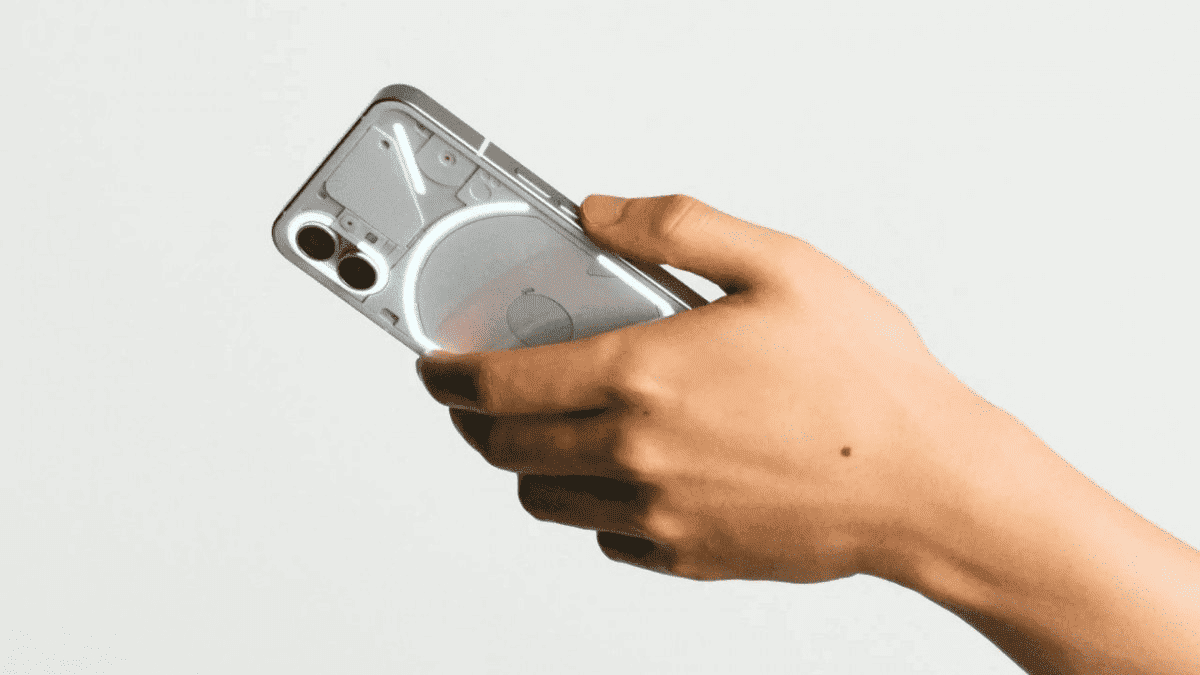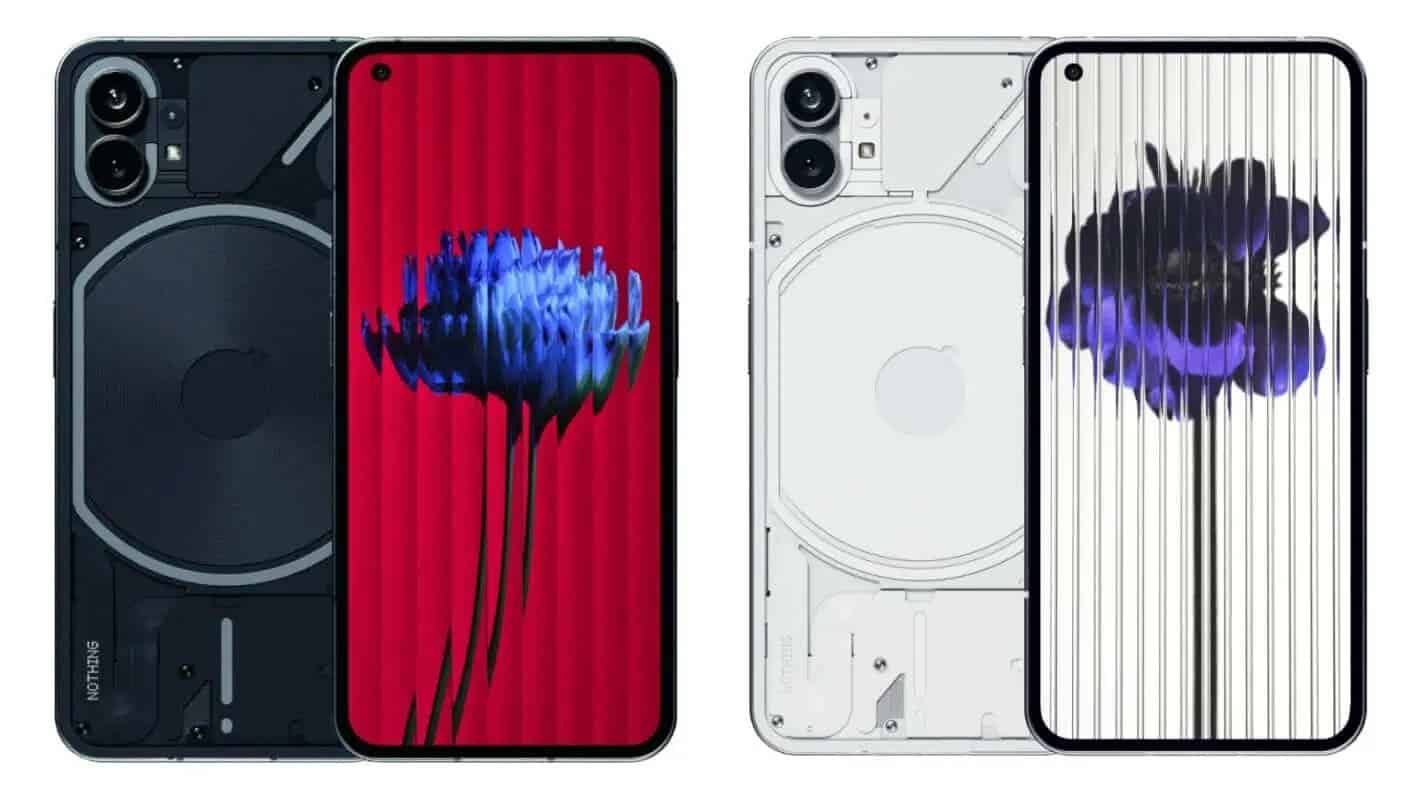Carl Pei certainly was not happy with the new targets set by OnePlus in 2020. After years of focusing on flagships, the company decided to expand its portfolio of devices. Later on, the company announced a merger with Oppo. The co-founder left before the announcement to sail to international waters and begin its own company dubbed Nothing. Pei announced the company as a “lifestyle” company focused on wearable technology. However, a few months later the company acquired several patents belonging to Essential – the company behind the Essential PH-1. At that moment, we knew that Nothing would bring a smartphone. This year the company announced the Nothing phone (1).
Carl Pei’s new OnePlus One?
The company announced it was working on the Nothing phone (1) a few months ago. The device would come as a true rival for the iPhone, and we saw a lot of the original OnePlus in the device’s philosophy. The long teaser campaign, the unique design, and the long-term software support… Ah, and we can’t forget the bold promises. After a long time of waiting, Nothing unleashed the Nothing phone (1), but the device is not the OnePlus One from 2014.

The original OnePlus One had a lot of appeals thanks to its flagship chipset. The company combined this with an appealing price, long-term software support, and also style. Nothing meets most of these criteria but falls in the chipset department. We’re in 2022, living in an era of global inflation, and bringing a Qualcomm flagship chipset to the $350 ~ $400 mark is no longer possible. Therefore, Nothing decided to go with the Snapdragon 778G+. It’s not more appealing than the Snapdragon 7 Gen 1 SoC, but we assume it’s cheaper. Apart from the mid-range chipset, the company promises to honor all its bold promises. But is all of this enough?
Nothing phone (1) has multiple challenges to overcome
Nothing is a new brand, launching its very first device in the market. The market for smartphones is super competitive, the company needs to have a successful device if it wants to keep a presence in the segment. The Nothing phone (1) may not be a phenomenon at the start. However, it needs to sell “adequately”. After all, the company wants the doors open for the next generations.
According to reports from analysts at GlobalData, the device will have a hard time trying to compete. The appealing price tag will not help much, the company will need more to conquer customers. The device has good cameras but we have a lot of good cameras on the market. So the unique appeal of the device is the transparent back and Glyph. The latter is composed of multiple LEDs at the back that will light up with notifications and in other scenarios.
Ardit Ballysa, Technology at GlobalData, a leading data and analytics company shares his view:
“The Nothing Phone (1) offers standard specs and features and differentiates itself via the ‘glyph’ interface on the back slab of the phone. This interface features a series of LED lights that can be programmed by the user to serve as a visual notification center. The glyph, however, is more of a gimmick than a feature most consumers will want to use. The purpose of the glyph is to notify discreetly fashion, but there is nothing discreet about a series of flashing LED lights.”

According to the analyst, the Nothing phone threatens small smartphone makers in the budget segment. However, the device will struggle to convince users from major brands to switch to the Nothing phone. Therefore, the company will have a hard time trying to fight against Apple, Samsung, and Xiaomi. To recall, Carl Pei claimed that the Nothing phone (1) is the only true rival for the iPhone on Android. However, we don’t know if iPhone users will switch to it.
Out of the premium segment, brands like Xiaomi and its sub-brands POCO and Redmi already offer good devices under this price tag. The company already has an established name, while Nothing needs to “make its name in the segment”. These brands also offer integration with other products, but as the analyst points out, Nothing has the Nothing Ear (1) in its ecosystem.
“As Nothing only offers one other product, its Nothing Ear (1) wireless earbuds, consumers could be incentivized to purchase an Apple, Samsung, or Xiaomi mid-range smartphone that offers integration into their respective ecosystem of products and services, for roughly the same price.”
The analyst finishes his statement by saying that the company will also need to deal with carrier sales. The company is selling an unlocked product, while some major brands will benefit from carrier-bundled sales. In times of economical struggle, it will be natural to see customers opting for the benefits of a carrier-tied purchase.
As the report states, Nothing has Glyph and an appealing price, but is that enough to make it stand in this crazy market? For now, only time will tell. Interestingly, the company from which Nothing acquired several patents, Essential, also tried and failed to stand in the smartphone business.
Nothing phone (1) specifications and key features
To recall, the Nothing phone (1) comes with a 6.55-inch OLED panel with Full HD+ resolution. The panel also has a 120 Hz refresh rate. It also brings Gorilla Glass 5 an in-display fingerprint scanner. Under the hood, the device has a Qualcomm Snapdragon 778G+ processor. The chipset comes with up to 12 GB of RAM and 256 GB of Internal Storage. The handset brings a dual-camera setup at the back. The main camera is a Sony IMX766 snapper with 50 MP resolution and Optical Image Stabilization. There is also a secondary 50 MP ultrawide snapper. The selfie shooter is a 16 MP snapper.

In terms of software, the Nothing phone (1) runs Android 12 with Nothing OS (1). The software does not bring bloatware and looks a lot like vanilla Android. Of course, it has some unique aspects. It brings an exclusive launcher, wallpapers, and a few widgets here and there. The company promises three years of major Android updates. Furthermore, it will offer four years of security patches coming every two months. The device draws its powers from a 4,500 mAh battery with 33 W fast charging. There is also 15 W wireless charging and 5 W wireless charging.
You can check all details regarding the pricing and regional availability here. The device will hit Europe, India, and other key markets.





